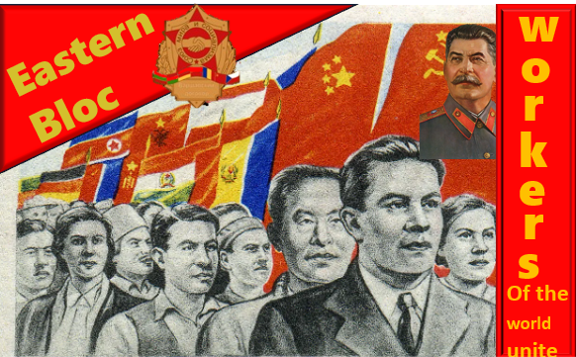
The axis circus Hitler was running with the clowns, fascist Italy, fascist Hungary, fascist Romania and imperial Japan was destroyed by the Allied forces. Yes, before talking about that, let me explain A little bit. First let us see the background of Europe and about the words fascist and imperialist. Fascism is an ideology where only one race alone is supreme (racially pure), fascism aligns itself with the interests of bourgeoise, Fascists take a mad amount of pride on their nation and remarkably fascism is too anti- communist, yes, it seeks to destroy socialist movements and suppress any form of worker organization that threatens capitalist interests. And imperialism is when a nation wants to expand its territory and officially claim it as its own territory without puppet rulers.
And let us see about the background of Europe, Adolf Hitler a failed art student joined the National socialist German worker’s party (Nazi party). And do not be fooled by the words Socialist worker’s party. Actually, it was a fascist party which incorporated the thoughts of white supremacy (the thought that people with white skin color are better than the black ones), German nationalism, antisemitism, anticommunism and the thought that the Aryan race (an Indo-European haplogroup) was supreme. Then he rose ranks in it and finally became chancellor and then president. But using the support of many capitalist organizations such as Volkswagen. These organizations donated the nazi party which made Hitler the president. After he became president, he turned the Weimar republic into a dictatorship. He made concentration camps which forced Jews, communists and other people who opposed the nazi dictatorship into high amount of work, or death.
The same time he tried to conquer all Europe under the title unifying Germanic people (Aryans). He invaded Poland, Belgium, Albania, France. They kept growing. But the other countries who were not invaded already fascist dictator ships such as Italy and Hungary. Hungary had a namesake parliament and banned communist parties.
They also tried to invade the Soviet Union. Some cities such as Leningrad and Stalingrad were also invaded. Later the winter came. Winter is very severe in Russia the German soldiers could not bear it. This was the chance for Soviets to fight back.
The soviets slowly started getting back their territory, then they went into German territory and captured Berlin just as Hitler committed suicide in his secret bunker. Other Nazi officers fled into other countries such as Argentina and Brazil. All concentration camps were liberated.
When the war was over all nations wanted to reform to make the world a better place. One such conference was the Yalta conference in which the allies wanted the Soviet Union (led by Joseph Stalin) to make eastern Europe (The part of Europe under his control) a Capitalist democratic like the other western countries.
But Stalin did something better he helped local communist parties take power to help the local communist parties take power to improve the livelihood of the eastern European workers and people. Thus, The Eastern Block was created. It was an alliance or something that could be vaguely called as a confederation operating under the ideologies of Marxism-Leninism and Stalinism.
so here are some key points about what the eastern bloc
- Central planning: According to Karl Marx there should be a lot industry in order to achieve the goal of communism. So, the five years plan happened, Rapid industrialization happened to improve the War-torn countries of the eastern bloc. these plans focused on increasing production in key sectors like steel, coal, and machinery, which were essential for economic independence and the provision of jobs.
- Agricultural collectivization: Collectivization of farms (kolkhozes and sovkhozes) took place for collective ownership (owning a farm as a community) took place to eliminate the rural bourgeoise and improve the rights of agriculture-based laborers
- Universal Healthcare: A comprehensive healthcare system was established, providing free medical care to all citizens. This included the construction of hospitals, clinics, and the training of medical professionals to ensure widespread access to healthcare services.
- Education: Children of Eastern bloc countries received free and compulsory education.
- Female rights: Legal frameworks were established to ensure gender equality in employment, education, and political participation. Women were also encouraged to enter the workforce and take on roles traditionally dominated by men. policies such as state-provided childcare, maternity leave, and financial support for families were introduced to support working mothers and promote gender equality.
- Cultural promotion: The state invested in cultural institutions, including theaters, museums, and libraries, to provide access to arts and culture for all citizens.
- Sports: The promotion of sports and physical education was a priority, with the establishment of sports clubs and facilities. This aimed to improve public health and foster a sense of collective identity and pride.

Leave a Reply